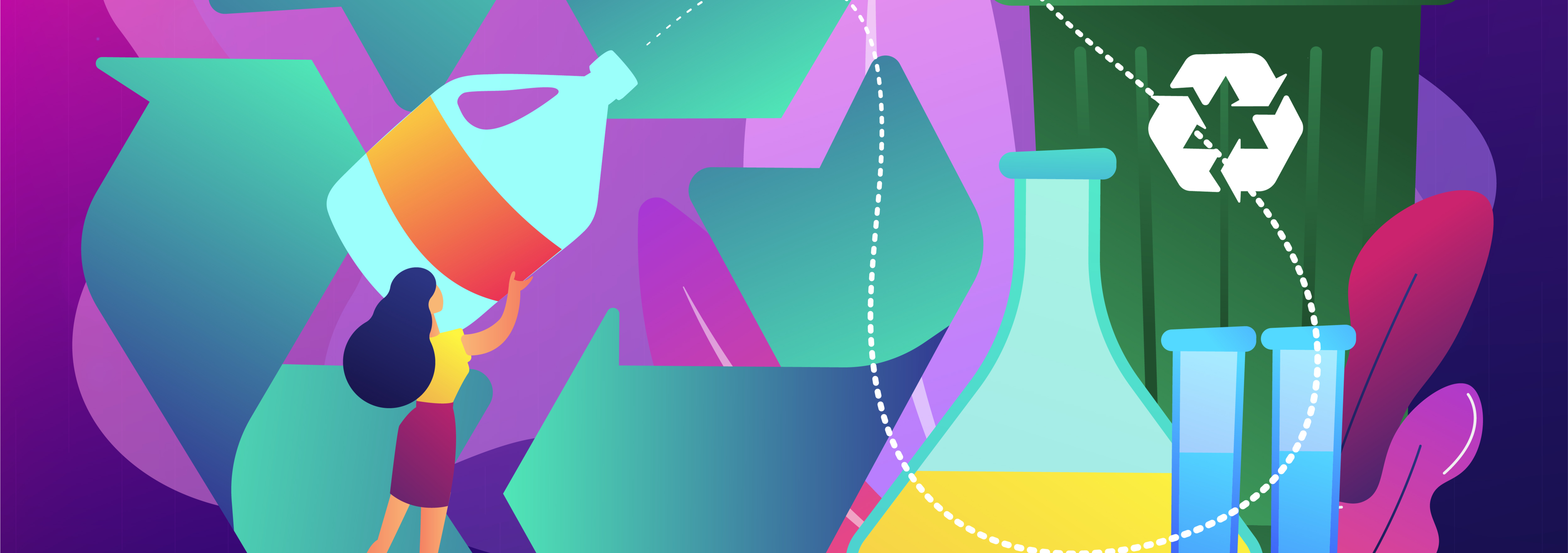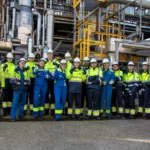
Plastic waste is a problem that the chemical industry can help to address.
One of the most promising solutions provided by the chemical industry is chemical recycling. Chemical recycling means recycling of plastics into feedstock for new chemicals. Using the chemical recycling technology kills two birds with one stone. First, we reduce the amount of plastic waste, and secondly, we improve our resource efficiency, as using plastic waste as a feedstock reduces our dependence on the non-renewable resources such as oil when making new chemicals.
Mechanical recycling is effective in tackling “pure” plastic waste such as, for example, water bottles. But when it comes to recycling plastic waste which is made of various layers, is heavily contaminated, or has not been properly sorted, chemical recycling is a most useful option. Combined, both solutions can significantly reduce the amount of plastic waste and improve the circularity of plastic.
An increasing number of Cefic members are working on ways to integrate this technology into their production facilities. For example, Dow has recently announced that it will start using plastic waste to produce new chemicals at its production facility in the Netherlands. We expect more companies to follow suit.
Discover new recycling routes and companies concrete examples on chemical recycling
In Europe, about 30 million tonnes of plastic waste is collected every year. But still 85% of that ends up in landfill or is incinerated. This is not only a source of CO2 emissions but is also a waste of valuable resources. The chemical industry is determined to change this. How? With chemical recycling technologies, the industry has developed complementary solutions to existing mechanical recycling to recycle mixed or contaminated plastic waste that otherwise would be incinerated or sent to landfill. These technologies can break down plastics and transform them into valuable secondary raw materials to produce new chemicals and plastics of similar quality to those made from fossil resources. Together with value chain partners, the chemical industry has already successfully developed consumer products like food packaging, refrigerator parts, mattresses, carpets, and dashboards in cars. As a next step, after having demonstrated the technologies’ viability, the industry plans to roll out the technologies at industrial scale.
The infographic shows how chemical recycling technologies can help to move from a linear plastic economy (produce – use – dispose) to a circular one (cradle-to-cradle). Complementing mechanical recycling, ‘Dissolution’, ‘Depolymerisation’ and ‘Conversion’ are new recycling routes that can handle the plastic waste that would otherwise be disposed. They transform plastic waste into secondary raw materials that can be reintroduced at different steps of the plastic production process.
–> Click on any of the new recycling routes to learn more about each of the technologies and discover companies concrete examples on chemical recycling.










